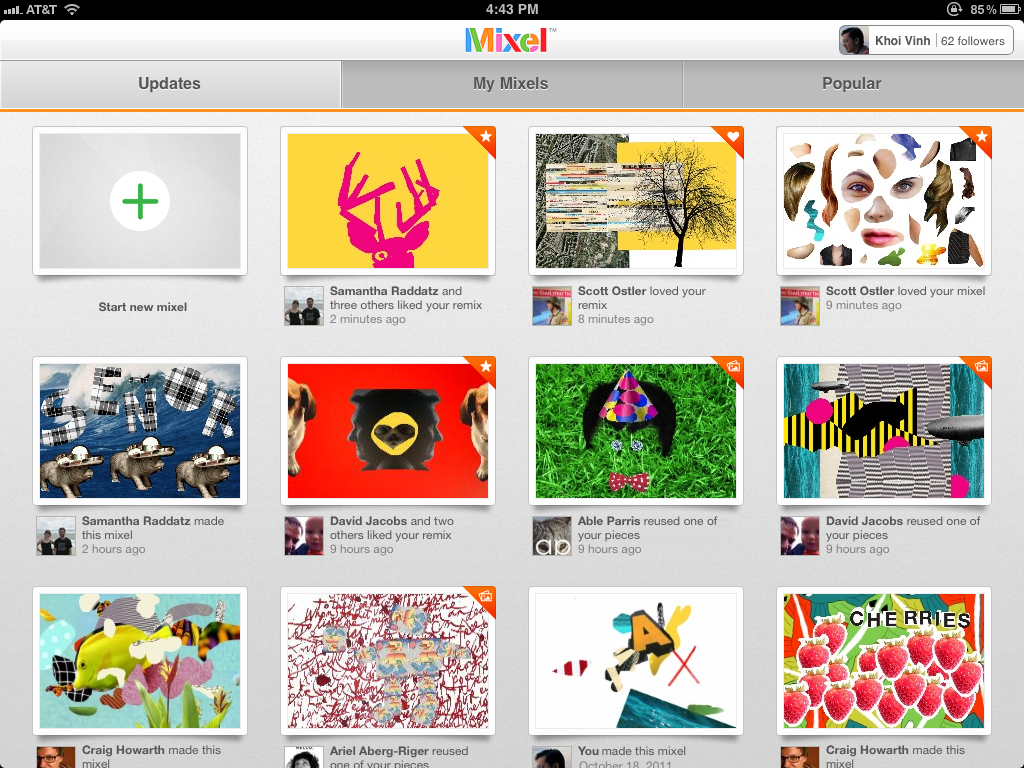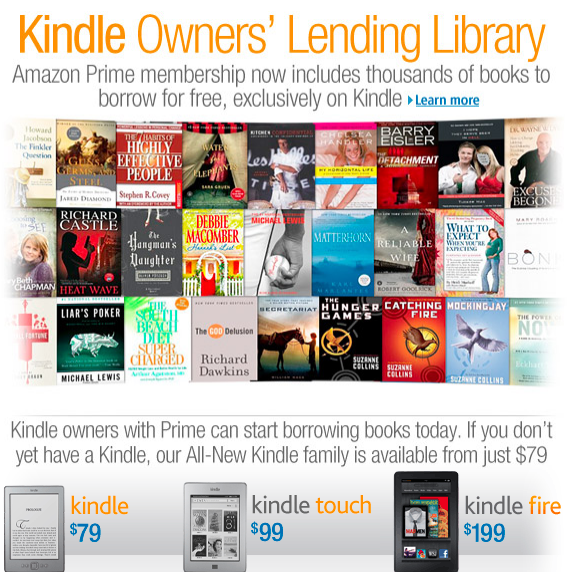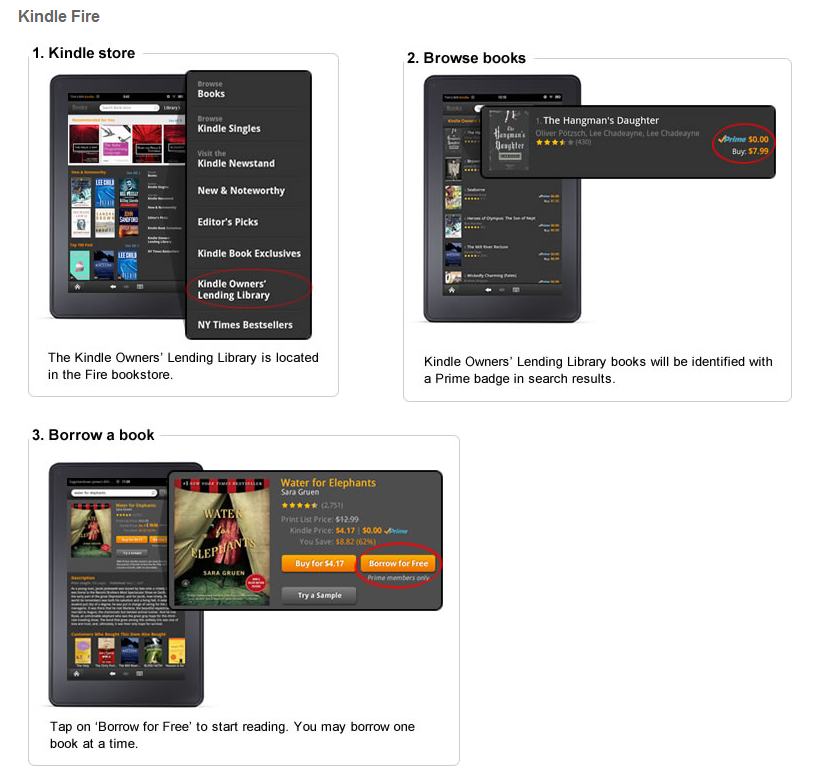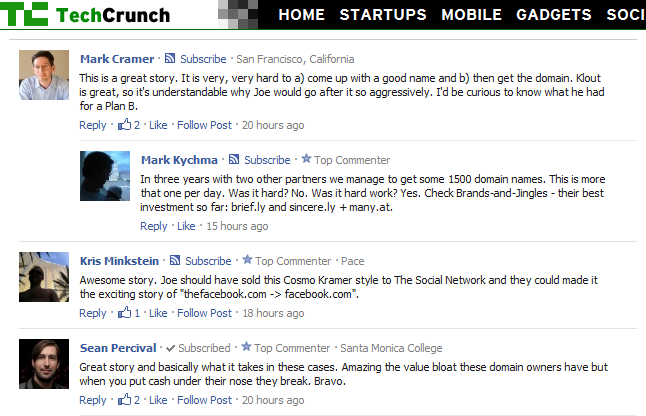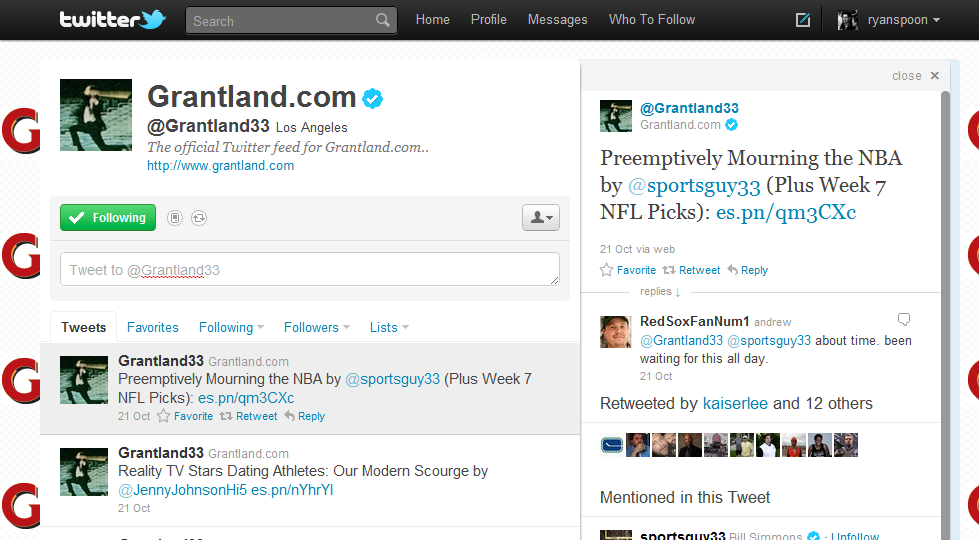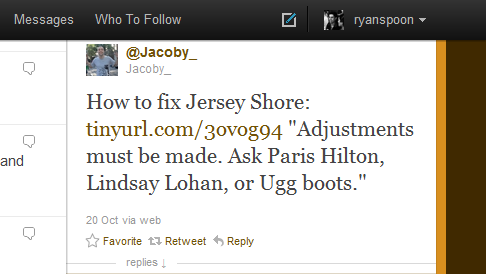A Dogpatch Labs NYC and Polaris-backed startup, Mixel launched this morning. Using the iPad - Mixel lets you make, share and remix collages in a whole new way. You can download it in the app store here. Founded by former New York Times digital design director Khoi Vinh and Scott Ostler (dump.fm), Mixel is the first social art app for the iPad. With the free app, anyone can create and share fun digital collages, called mixels, using images from the web, Mixel’s library, or their own personal photos. Any image in Mixel can be quickly cropped, rotated, scaled or combined with other images using the simple, intuitive touch gestures familiar to iPad owners.
This excerpt from Sam Grobart's NYTimes piece ("Mixel Makes Art Social") does a great job conveying why I am excited about Mixel and the creative output that will pour from it: I watch my 1 year old son interact with the iPad the magic & delight that comes from it - Mixel has the opportunity to bring that same creativity and magic to adults who, like me, might not necessarily be artistic. That's powerful and fun:
"I tried Mixel, and it was fun and intriguing. I cannot draw to save my life, but collages? That I can do. You feel like you’re playing Art Director: Fisher-Price version. I mean that as a compliment — it’s fun to juxtapose images and text, and it’s worlds easier than, say, painting. That would’ve been enough to make a perfectly nice app, but adding the social features, where friends and others can create chains of meme-like images, turns Mixel into something more deeply compelling. It’s a conversation I’m looking forward to having."
You can read more here: - TechCrunch - NY Times - All Things D - VentureBeat - GigaOM
Introducing Mixel for iPad from Mixel App on Vimeo.

